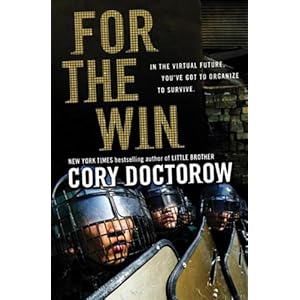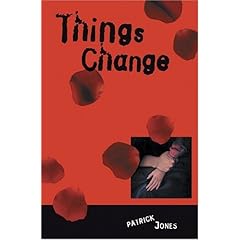Book #2 for Mother Reader’s 48 Hour Book Challenge
Reading TIme: 2.25 hours
Pages: 345
 Andrew Klavan takes a subtle dig at his own book in a paragraph near the middle of The Long Way Home, the second book in the Homelanders series of YA thrillers.
Andrew Klavan takes a subtle dig at his own book in a paragraph near the middle of The Long Way Home, the second book in the Homelanders series of YA thrillers.
“I missed Rick and Miler and Josh. I missed having someone to kid around with and talk to. I missed long conversations about girls and sports and arguments about whether Medal of Honor was cooler than Prince of Persia and why part 2 of any trilogy was never as good as parts 1 and 3. I missed being with the guys who knew me best and liked me just the way I was. I missed my friends.”
Yeah. What he said. This book was fun, but not quite as suspenseful as Book 1 of the series, The Last Thing I Remember*, and probably not as satisfying as the last book in the trilogy that comes out in November 2010, to be titled The Truth of the Matter. In fact, I would suggest waiting until November and then grabbing the the set of three books for any pre-teen/teen guys on your Christmas list —and another set for yourself.
 Here’s why:
Here’s why:
1. The books are suspenseful. Maybe I’m just dumb, but I haven’t figured out yet why Charlie has amnesia and is missing a whole year of his life or why the bad guys in the story think he was on their side and has betrayed them. Nor have I figured out how Charlie West is going to get out of the mess he’s in.
2. The bad guys are bad, and the good guys are good. Not a lot of nuance here. I think that’s a good thing. I think all of us, teenage guys especially, need heroes and a way of seeing the world as a place where they can tell the difference between good and evil and align themselves/ourselves with the good.
3. Lots of action. Several scenes are really violent, bad guys get beat up, and karate is used freely. Also there are car chases and motorcycle chases and on-foot chases, lots of movement. KarateKid, age 13, would like this aspect of the books.
4. In this series, boys are boys, and girls are girls. The protagonist, Charlie, is a boy, and he and his friends tease and mock each other mercilessly. Charlie’s girlfriend, observing all this male bonding, says (more than once), “You guys are so mean.” Also, the girlfriend, Beth, is a girl. When she’s in danger she doesn’t wimp out, but she also doesn’t take over and become the heroine of the story. Charlie is the hero, and Beth is his helper and inspiration.
5. No sex and no foul language. There is some chaste romance; Charlie and Beth eventually kiss. But these are good kids with their priorities in place, and they respect each other. Not all teen guys are thinking of one thing only all the time, and they don’t need to be told endlessly that every other teen guy is thinking of that one thing all the time.
6. Author Andrew Klavan also has his priorities in place, and I can trust him to deliver a good, fast-paced, satisfying ending to this series. That’s why I feel comfortable recommending the third book in the series before having read it. Thirteen or fourteen is about the median age for this series, and guys will like it better than girls, mostly because of Reason #3.
*I read The Last Thing I Remember during my Lenten blog break, and I wrote in my journal at that time: “Yeah! A middle school boy book! A book that celebrates faith, karate, self-defense, and American values without being didactic or cheesy!”








